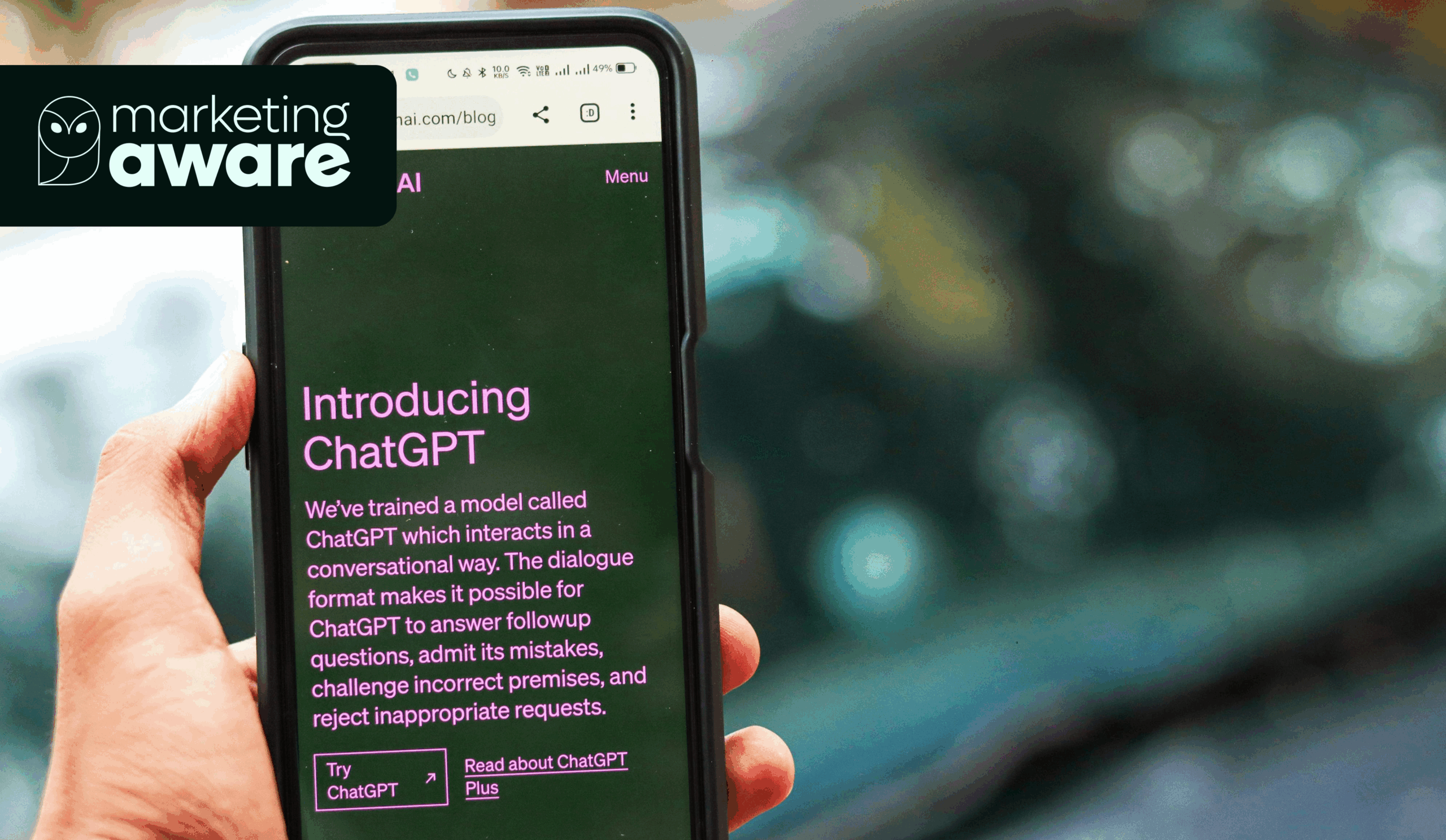SEO for SaaS isn’t just about blog posts and backlinks. It’s about building a growth engine – one that turns brand awareness into trial sign-ups, and sign-ups into high value customers.
This article outlines a battle-tested, scalable framework to do just that for B2C & B2B SaaS Organisations.
Start with Strategic Alignment
Before you open Ahrefs or launch a content sprint, you need clarity on one thing:
Who is our ideal client? Where in are we aiming to meet them?
Map your product’s key value propositions to the buyer journey. Then ask:
What pain does our product solve?
How does someone become aware of that pain?
What information do they search for before choosing a solution?
This exercise defines the search intent clusters you need to win—not just the keywords.
How to Find Keywords for SaaS SEO (The Right Way)
Here is a process we have used at Marketing Aware:
Step 1: Extract terms from your ICP
- Use interviews, reviews, and sales call transcripts.
- Note the actual language customers use when describing problems.
Step 2: Expand with tools
- Use keyword tools (Ahrefs, GSC, AlsoAsked) to scale your seed list.
- Look for terms with clear commercial intent, not just volume (top of funnel terms are less valuable in the world of AI)
Step 3: Group keywords by funnel stage
Top of Funnel: What is X? How to fix Y?
Middle of Funnel: X software, tools for Y, use case searches.
Bottom of Funnel: Best [tool], compare [you vs competitor], pricing.
Your goal is to create visibility at every decision stage—not just at the top.
Building a Lean Content Engine
Inspired by Nathan Gotch’s concept of “Minimum Viable SEO,” focus on high-impact content first.
- Bottom of Funnel: Comparison pages, product use cases, integrations
- Middle Funnel: Templates, checklists, webinars, solution guides
- Top of Funnel: Pain-point blog content, TOFU YouTube videos, glossary terms
If you are working with an existing website identify pages ranking between positions 4-20 to prioritise (these are the low-hanging fruit). We have a proprietary audit process to illuminate these pages and identify best action across on page improvements, internal links, content updates or backlinks to drive the needle.
In the era of AI search don’t forgot to structure the page for featured snippets and AI citation:
- Direct answers
- Clear hierarchy (H1-H3)
- Structured data (FAQ schema, how-tos)
Execute Technical SEO Fundamentals
Checklist:
- Fast-loading, mobile-first website (Core Web Vitals)
- Logical URL structure & website archtecture
- Sitemap submitted, robots.txt, canonical tags
- Schema markup for all core pages
- Internalisation (if applicable) across hreflang tags, region specific URLs and localised meta data
A solid technical foundation allows your content to scale without breaking.
Generate Strategic Backlinks (Not Spray & Pray)
Generate Strategic Backlinks (Not Spray & Pray)
- Publish original research or benchmarks using proprietary data
- Create high-conversion or visually appeasing comparison pages others will link to
- Contribute to podcasts, roundups, and niche communities
Then do manual outreach with personalisation. 20 tailored emails over 200 AI template outreach any day of the week.
SaaS SEO Checklist (2025)
Here’s a stripped-down checklist for execution:
Discovery & Strategy
- Define ICP + map search intent
- Align SEO with product onboarding
- Set SEO KPIs that match activation & retention goals
Keyword Research
- Use real customer language
- Map across the funnel
- Cluster by intent & difficulty, not just volume (in fact priotise by intent)
Technical & On-Page SEO
- Mobile-first, fast-loading site
- Semantic HTML & schema (for AI crawlability)
- Internal linking by topic cluster
Content Execution
- Start with BOFU + solution pages
- Layer in TOFU based on value
- Refresh quarterly
Link Building
- Create link-worthy assets
- Earn links via value exchange and relevance
- Use community exposure (Reddit, LinkedIn etc)
Reporting & Growth Loops
- Track trial sign-ups from SEO
- Monitor AI visibility & citations
- Build SEO around product usage triggers
Final Thoughts: SaaS SEO as a System
SaaS SEO isn’t just about attracting visitors—it’s about creating a system that consistently turns the right search traffic into engaged users and paying customers.
The most effective strategies connect search intent directly to product value. Every piece of content should meet prospects where they are in their decision-making journey, answer their questions clearly, and guide them toward experiencing your product.
Focus on intent over volume, structure over guesswork, and long-term loops over one-off campaigns. When your SEO is tightly integrated with your product experience, you’re not just chasing rankings—you’re building a compounding asset that drives sustainable growth.


